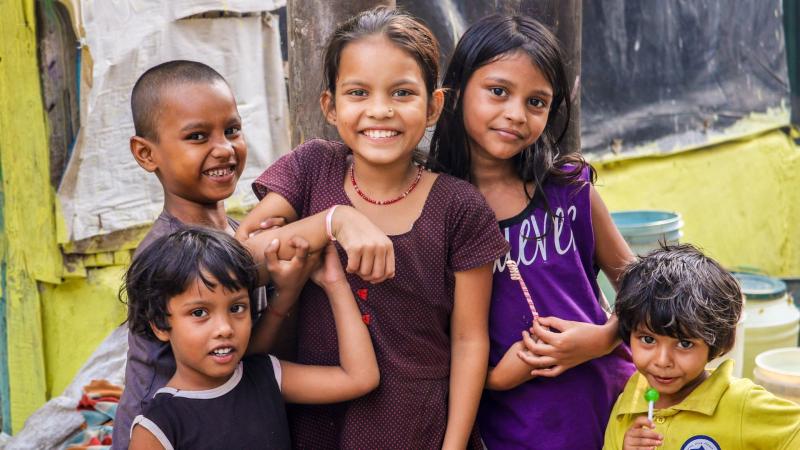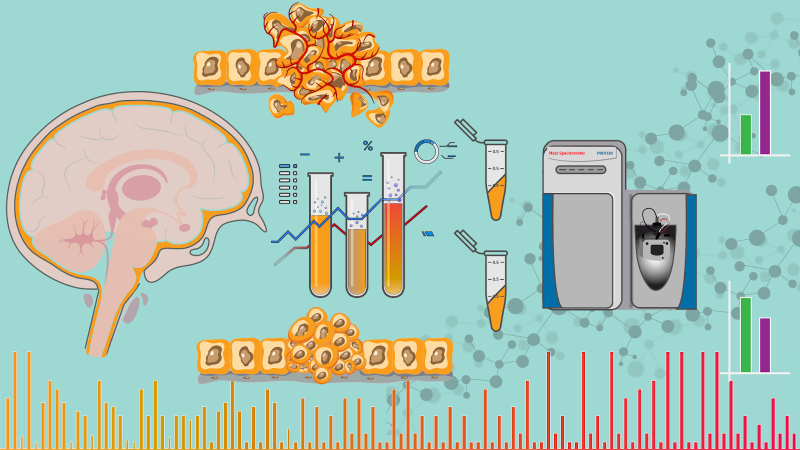
Today’s world has more adolescents—children in the age group of 10-24 years—than ever in history. Of the 1.8 billion adolescents, a third of them, or 622 million, live in India and China. With this fraction of people growing up to be future citizens, are we doing enough to have their needs met? No, says a worldwide study on adolescent health and well-being, published in The Lancet.
The study is the "first comprehensive and integrated overview of recent global shifts in adolescent health at a global level, extending to country-level estimates for 195 countries and territories". It was led by Australian researchers and funded by the Australian National Health and Medical Research Council and the Bill & Melinda Gates Foundation.
The study used data from the Global Burden of Diseases Study 2016 and tracked progress in 12 indicators of adolescent health in 195 countries from 1990 to 2016. These indicators included risk factors such as smoking and obesity and social issues such as child marriage and access to secondary education. The study found that more than half of the adolescents in the world live in countries that faced diseases, violence and inequality.
The findings of the study have some insights into how India’s 370 million adolescents fared against their peers elsewhere. One of the alarming results was that 54% of adolescent girls in India were anaemic—a number that was twice the global average. Worldwide, anaemia affected almost one in four adolescents, which had increased by 20% since 1990. About 45%, or 194 million, adolescents with anaemia lived in India and China. Other countries with more than half of anaemic adolescent girls included Bhutan, Yemen and Burkina Faso.
Regarding substance abuse, which included the use of tobacco and binge drinking, India saw an increasing trend in smoking from 1990 to 2016, with a 5% annual increase in girls who smoke, compared to 0.4% increase among boys. On the other hand, the prevalence of binge drinking was low, at 1% for girls and 3% for boys.
“The prevalence of binge drinking in India appears relatively steady over time, with the rate of change from 1990 to 2016 varying by less than a per cent for females and males”, says the study.
Obesity was another increasing risk factor for adolescents in India and China according to the study. The prevalence of overweight and obese boys in both countries stood at an annual rate of change of 6.2%, and for girls, it was 4.8% in China and 8.5% in India, indicating that adolescent girls in India have a greater cause of concern.
The silver lining in the study was the significant process in the completion of secondary school education, particularly among girls throughout the world, as compared to 1990. Even then, just about half of the world's adolescents completed secondary education. In India, 3.5% of boys are estimated to be not in education, employment or training, compared to a massive 53.9% of girls.
The study also contrasted how India and China, which have a third of the world’s adolescents, have progressed over time regarding their well-being. China saw a decrease of the adolescent population by 28% since 1990, and had transformed from an ‘injury-excess country’ to a ‘non-communicable disease-predominant country’. The only pain points that remain today are the prevalence of smoking and binge drinking, and increasing overweight and obesity. India, on the other hand, had a 40% increase in the number of adolescents, with a rapidly growing health risk for these youngsters. A substantial disease burden and gender inequality across the social determinants were pressing issues here.
The researchers emphasise the need for urgently meeting the needs of adolescents, who will soon join the workforce and provide demographic dividends.
“Despite improvements in many settings, the adolescent health challenge is greater today than it was 25 years ago. The case for comprehensive and integrated investments in adolescent health, growth, and development has never been stronger,” they conclude, calling for action.
